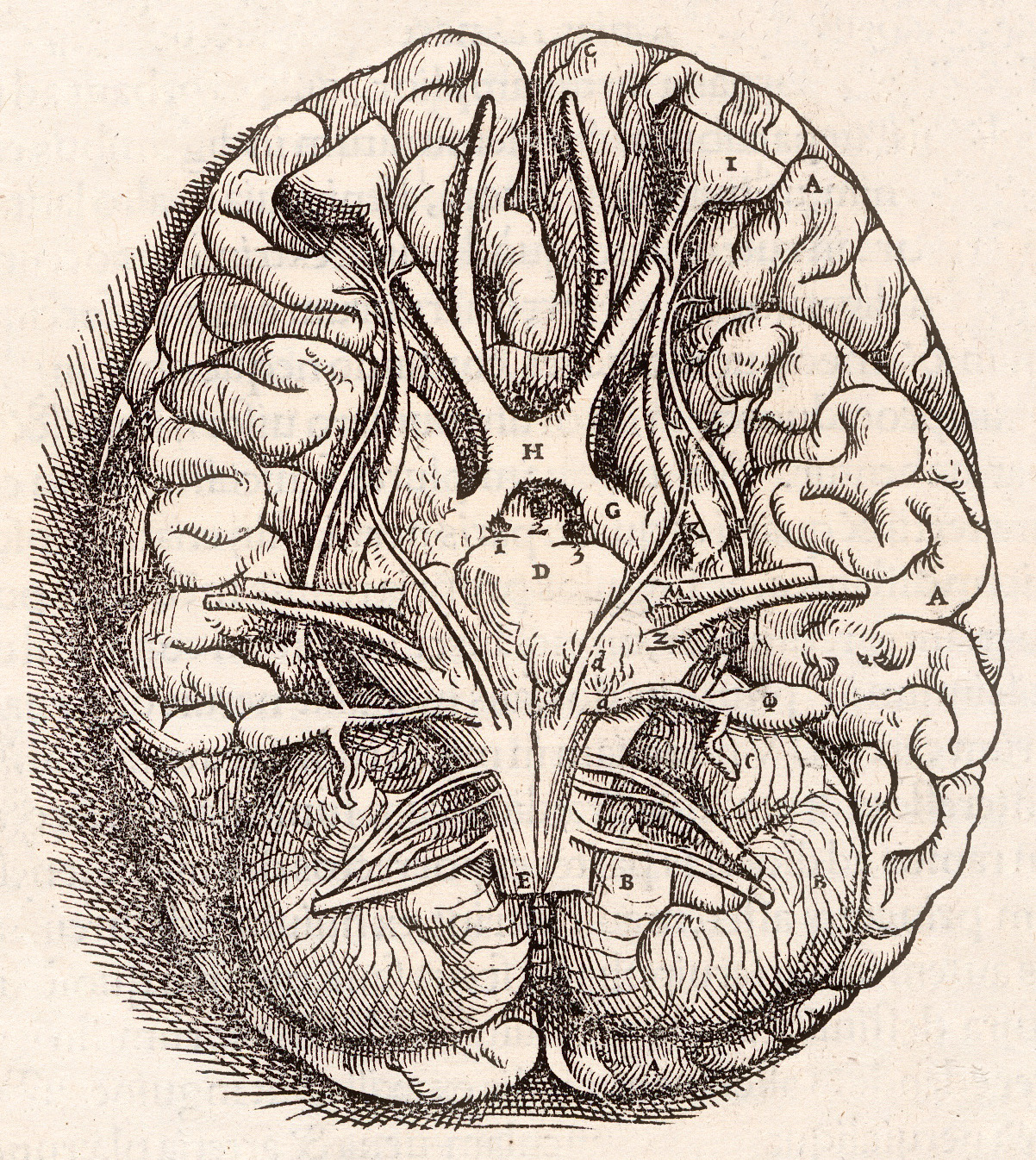|
Vierordt's Law
Karl von Vierordt (1868) was the first to record a law of time perception The study of time perception or chronoception is a field within psychology, cognitive linguistics and neuroscience that refers to the subjective experience, or sense, of time, which is measured by someone's own perception of the duration of the ind ... which relates perceived duration to actual duration over different interval magnitudes, and according to task complexity. Vierordt's law is "a robust phenomenon in time estimation research that has been observed with different time estimation methods".Fortin, Claudette; and Rousseau, Robert; (1998) ''Interference from short-term memory processing on encoding and reproducing brief durations'', Psychological Research, 61, pp. 269-276 It states that, retrospectively, "short" intervals of time tend to be overestimated, and "long" intervals of time tend to be underestimated. The other major paradigm of time estimation methodology measures time prospectively. Se ... [...More Info...] [...Related Items...] OR: [Wikipedia] [Google] [Baidu] |
Karl Von Vierordt
Karl von Vierordt (July 1, 1818 – November 22, 1884) was a German physiologist. Vierordt was born in Lahr, Baden. He studied at the universities of Berlin, Göttingen, Vienna, and Heidelberg, and began a practice in Karlsruhe in 1842. In 1849 he became a professor of theoretical medicine at the University of Tübingen, and in 1853 a professor of physiology. Vierordt developed techniques and tools for the monitoring of blood circulation. He is credited with the construction of an early "hemotachometer", an apparatus for monitoring the velocity of blood flow. In 1854, he created a device called a sphygmograph, a mechanism consisting of weights and levers used to estimate blood pressure, and considered to be a forerunner of the modern sphygmomanometer. One of his better known written works was a treatise on the arterial pulse, titled ''Die Lehre vom Arterienpuls in gesunden und kranken Zuständen''. Vierordt also made substantial contributions to the psychology of time perc ... [...More Info...] [...Related Items...] OR: [Wikipedia] [Google] [Baidu] |
Time Perception
The study of time perception or chronoception is a field within psychology, cognitive linguistics and neuroscience that refers to the subjective experience, or sense, of time, which is measured by someone's own perception of the duration of the indefinite and unfolding of events. The perceived time interval between two successive events is referred to as perceived duration. Though directly experiencing or understanding another person's perception of time is not possible, perception can be objectively studied and inference, inferred through a number of scientific experiments. Some temporal illusions help to expose the underlying neural mechanisms of time perception. Pioneering work, emphasizing species-specific differences, was conducted by Karl Ernst von Baer. Theories Time perception is typically categorized in three distinct ranges, because different ranges of duration are processed in different areas of the brain: * Sub-second timing or millisecond timing * Interval timing o ... [...More Info...] [...Related Items...] OR: [Wikipedia] [Google] [Baidu] |
Dyschronometria
Dyschronometria is a condition of cerebellum, cerebellar dysfunction in which an individual cannot accurately estimate the amount of time that has passed (i.e., distorted time perception). It is associated with cerebellar ataxia, when the cerebellum has been damaged and does not function to its fullest ability. Lesions to the cerebellum can cause dyssynergia, dysmetria, dysdiadochokinesia, dysarthria, and ataxia of stance and gait. Dyschronometria can result from autosomal dominant cerebellar ataxia (ADCA). Signs and symptoms Common signs of dyschronometria are often generic to cerebellar ataxia, including a lack of spatial awareness, poor short term memory, and inability to keep track of time. The defining symptoms, while not completely understood, involve time perception. For example, when asked to wait for thirty seconds, or tap every second that has gone by, those affected will be able to perform the task for a short time and then become derailed. This can result from a lo ... [...More Info...] [...Related Items...] OR: [Wikipedia] [Google] [Baidu] |
Perception
Perception () is the organization, identification, and interpretation of sensory information in order to represent and understand the presented information or environment. All perception involves signals that go through the nervous system, which in turn result from physical or chemical stimulation of the sensory system.Goldstein (2009) pp. 5–7 Vision involves light striking the retina of the eye; smell is mediated by odor molecules; and hearing involves pressure waves. Perception is not only the passive receipt of these signals, but it is also shaped by the recipient's learning, memory, expectation, and attention. Gregory, Richard. "Perception" in Gregory, Zangwill (1987) pp. 598–601. Sensory input is a process that transforms this low-level information to higher-level information (e.g., extracts shapes for object recognition). The process that follows connects a person's concepts and expectations (or knowledge), restorative and selective mechanisms (such as ... [...More Info...] [...Related Items...] OR: [Wikipedia] [Google] [Baidu] |

